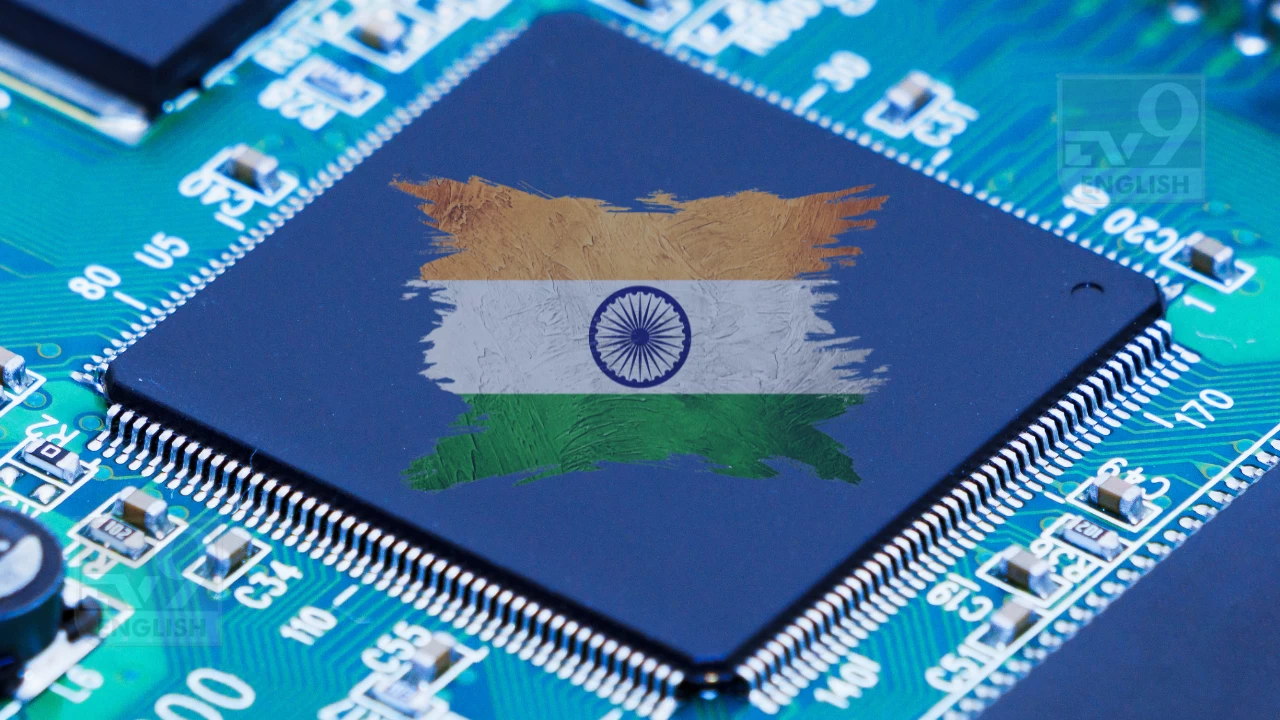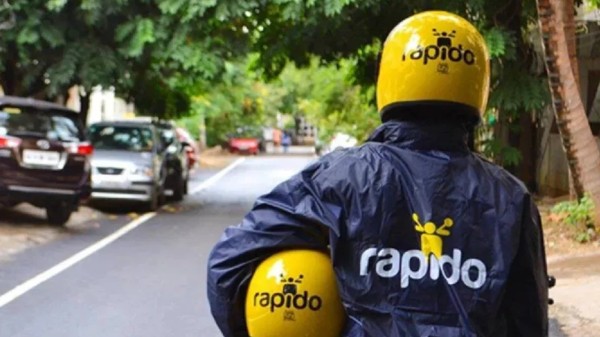

By signing in or creating an account, you agree with Associated Broadcasting Company's Terms & Conditions and Privacy Policy.


By signing in or creating an account, you agree with Associated Broadcasting Company's Terms & Conditions and Privacy Policy.

New Delhi: India’s semiconductor journey has been steadily picking up pace, and the latest development shows how the government is betting big on design innovation. The Ministry of Electronics and IT confirmed that 23 chip-design projects have been sanctioned under the Design Linked Incentive (DLI) scheme, with a mix of startups and MSMEs leading the effort. These projects are targeting applications like surveillance, networking, microprocessors, and even energy meters.
India’s larger semiconductor ambitions are tied to the Bharat 6G Vision and the $10 billion incentive package, but the design side of the ecosystem is now coming into sharper focus. The DLI scheme is part of that framework, aiming to make “Designed-in-India” chips a global reality.
Think of it as India’s answer to the global chip crunch, but with a focus on design instead of just manufacturing. The DLI scheme supports local companies building semiconductor IPs and system-on-chip solutions. Apart from direct funding, 72 firms have been given access to Electronic Design Automation (EDA) tools, which are crucial for any chip project.
Among the sanctioned projects, Bengaluru-based Vervesemi Microelectronics has stood out. Founded in 2017, the company already exports semiconductor intellectual property (IP) blocks that are embedded in international products. It has more than 110 IPs, 25 integrated circuit models, and several patents to its name.
Vervesemi’s upcoming chip designs under the DLI and C2S (Chips to Startup) programmes cover a surprisingly wide range:
What makes these chips interesting is the integration of machine learning inside the silicon. According to co-founder Pratap Narayan Singh, this allows for adaptive calibration, predictive diagnostics, and fault tolerance that goes beyond traditional circuit design.
India’s current electronics import bill is heavy, and semiconductors form a huge part of it. By backing companies like Vervesemi, the government wants to reduce dependency on imported chips and create home-grown solutions for sectors like aerospace, defence, and industrial automation.
Industry insiders like Rakesh Malik of Vervesemi have described these moves as a turning point for India’s chip design ecosystem. Government officials such as Sunita Verma from MeitY see this as part of a longer-term vision where devices worldwide could one day carry a “Designed in India” chip.
These developments are still early stage, with commercial volumes expected only around late 2026 or early 2027. But the support structure being put in place, from DLI funding to academic 5G/6G labs and the Bharat 6G Alliance, is an important signal.
India wants to position itself not just as an assembly hub but as a design powerhouse in the global semiconductor race. The road is long, but the pieces are starting to fall into place.








